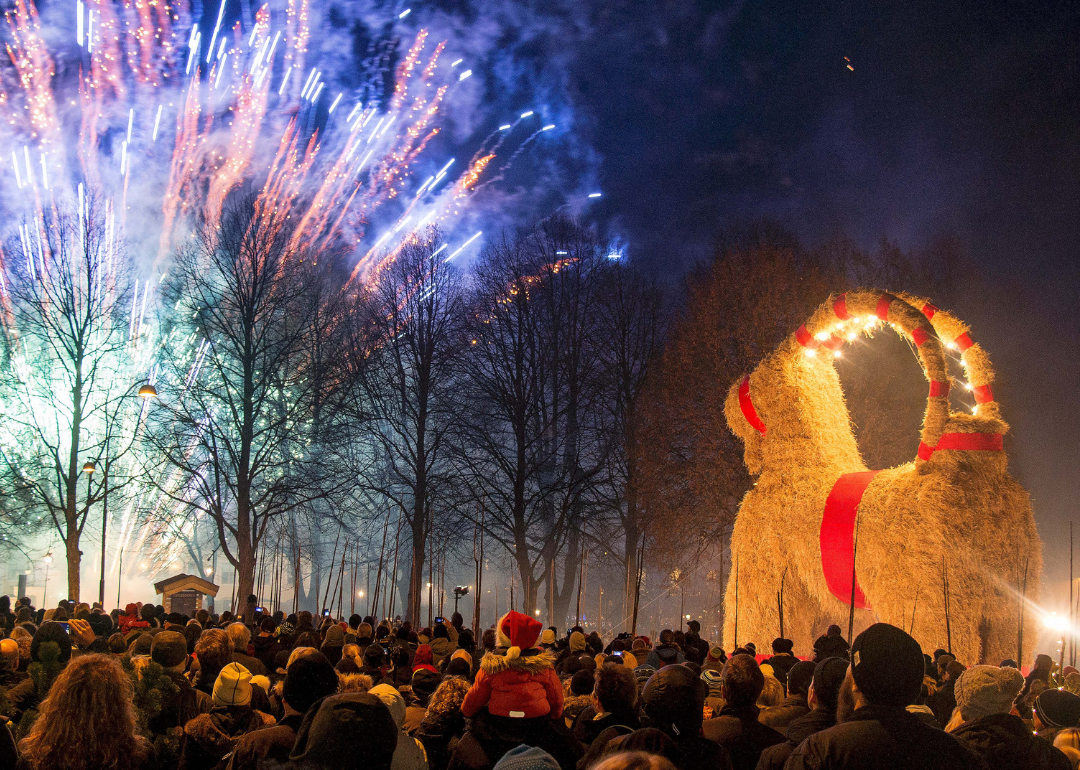
How Christmas is celebrated around the world
For centuries, cultures worldwide have celebrated the end of the midwinter season's darkest days and the rebirth of new life. Now, in much of the world, it's simply known as Christmastime. Stacker dove into just some of the ways people celebrate the holiday across the globe.
While much of the world's Christians celebrate Christmas with nativity scenes, church services, candy canes, and Santa Claus, there is a seemingly endless variety of Christmas traditions, feasts, celebrations, and rituals.
For many people, Christmas falls on Dec. 25, but hundreds of millions of Orthodox Christians—12% of the world's Christian population—celebrate on Jan. 7. Some people and cultures follow traditional religious themes, while others incorporate folklore or regional customs. And even for a vast majority (86%) of non-Christian Americans, Christmas is still celebrated, albeit secularly. These 30 diverse traditions from around the world have one thing in common: they're all about Christmas.
Read on to learn more—and to gain inspiration for new traditions in your family.
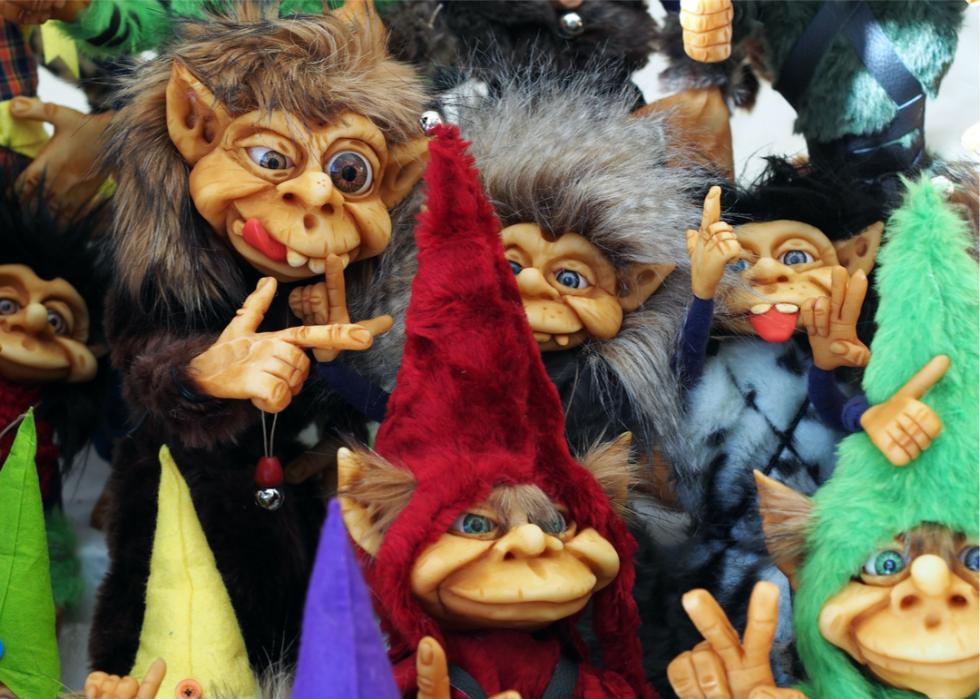
Iceland: 13 Yule Lads
In Iceland, Christmas includes a blend of religious and regional folklore. Traditions like gift-giving are familiar, but instead of a single Santa Claus-esque figure, Icelandic children are visited by 13 troll-like creatures known as the Yule Lads. Over the 13 nights leading up to Christmas, one of the Yule Lads, each representing a different Father Christmas, leaves sweets or rotten potatoes, depending on whether or not the child has been on their best behavior.
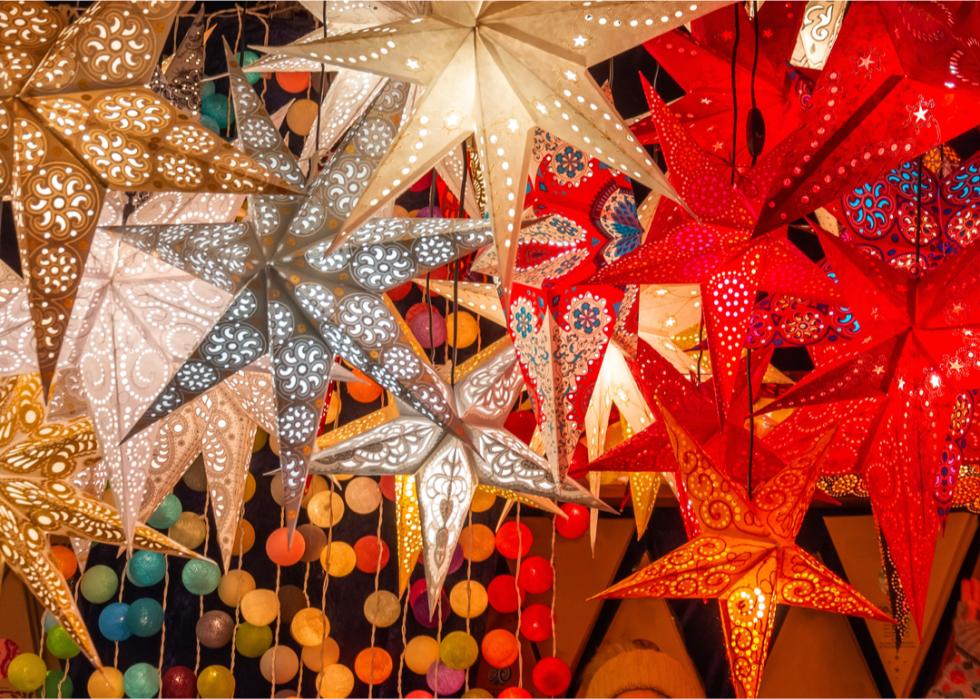
Philippines: Giant Lantern Festival
The city of San Fernando is known locally as the "Christmas Capital of the Philippines," thanks to its competition featuring colorful, glowing ornamental lanterns called parols. Villages across the region carefully construct and display the nearly 20-foot parols for thousands of onlookers. The festival began in the early 1900s, but really took off in 1931 when the city got electricity, allowing lantern artists to put bright lights inside their creations. The celebration occurs on the Saturday before Christmas Eve.
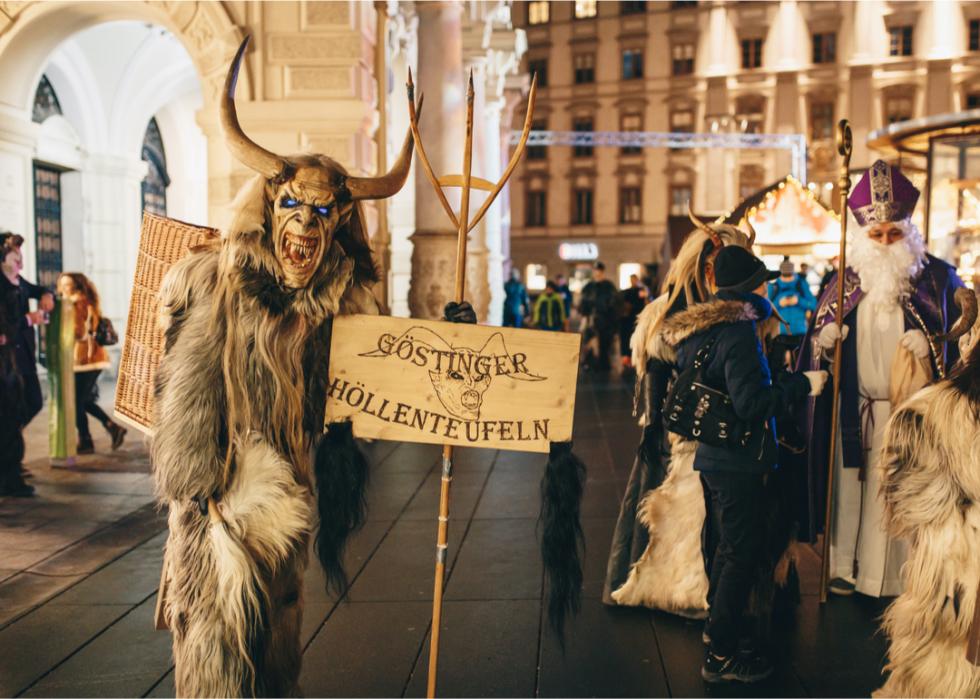
Austria: Krampus
One of the less cheerful Christmas legends is the story of Krampus, Santa's evil counterpart. Pagan legend has it that Krampus torments naughty Austrian children, threatening to beat them with birch branches or whisking them away in a basket. He is said to accompany St. Nicholas, visiting children's homes and doling out punishment while his brother rewards the well-behaved. Each year, people across Austria dress up in their scariest Krampus costumes and terrify onlookers of the Krampus Parades.
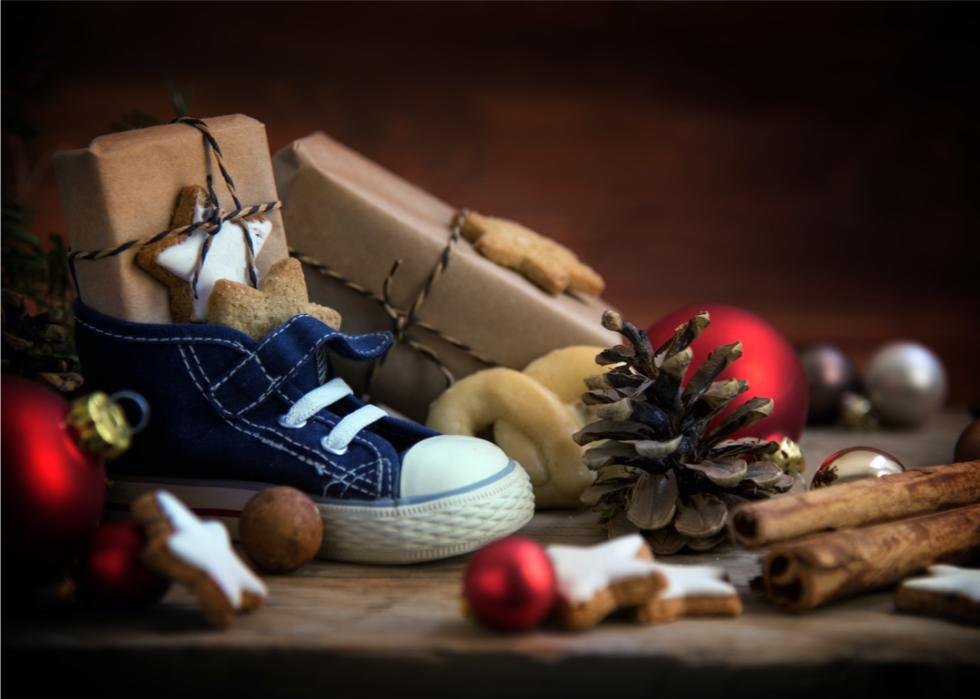
Germany: St. Nicholas Day
In some parts of Germany, Santa Claus generally still takes the appearance of the traditional Roman Catholic bishop, St. Nicholas. Kids prepare for his arrival by placing freshly polished boots and carrots for the bishop's horse outside their doors. On Dec. 6, St. Nicholas Day, the bishop goes house to house with a book describing the children's deeds. Depending on whether they were naughty or nice, he fills their boots with either something good, like sweets, or something not so good, like twigs.
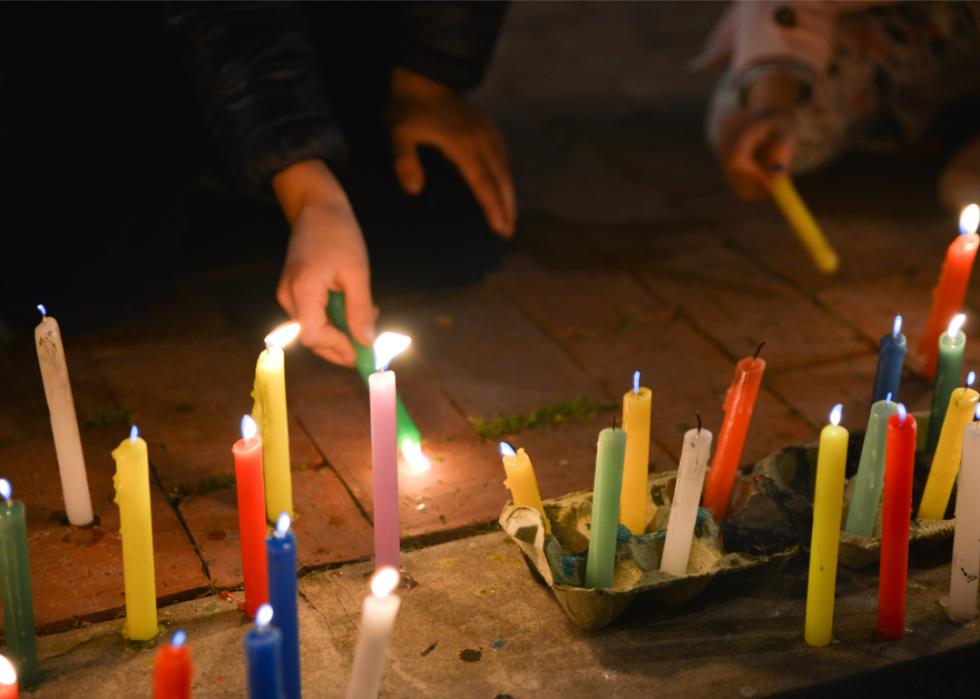
Colombia: Day of the Little Candles
A sea of lights marks the start of the Christmas season in Colombia on the eve of the Immaculate Conception. Inside and outdoors, people light everything from paper lanterns and votive candles to massive candle pillars for Día de las Velitas, or Day of the Little Candles.
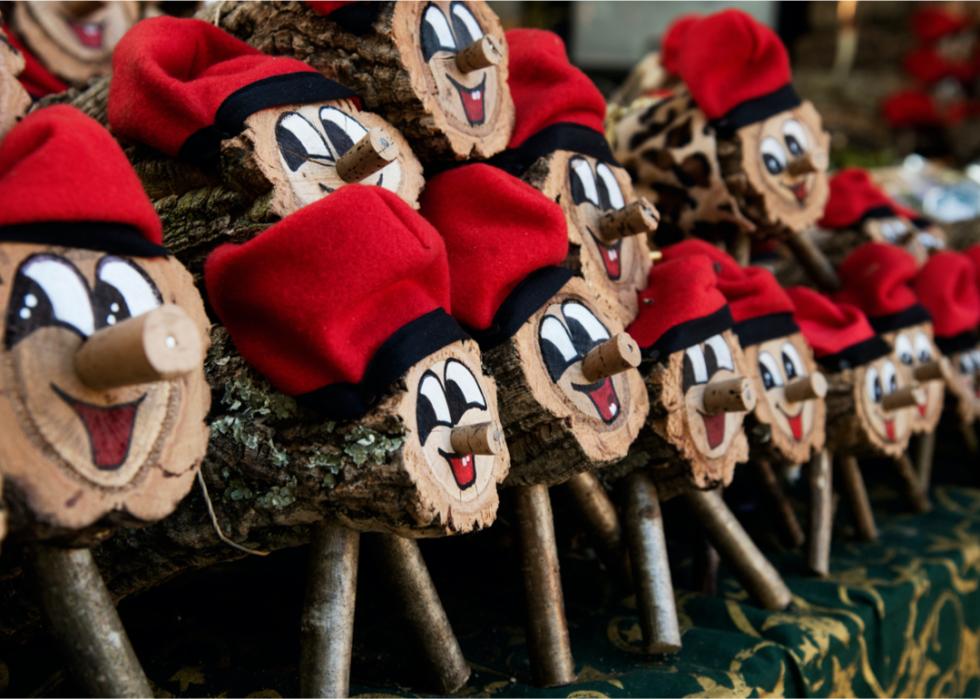
Catalonia: Caga Tió
Caga Tió is likely one of the world's more unusual Christmas traditions. Caga Tió is a log, usually painted with a friendly face and wearing a red hat, that children feed food scraps. As a show of gratitude, Caga Tió "poops" out presents and candy—usually turrón, a classic Spanish nougat—when children hit it with a stick while singing the traditional Caga Tió song.
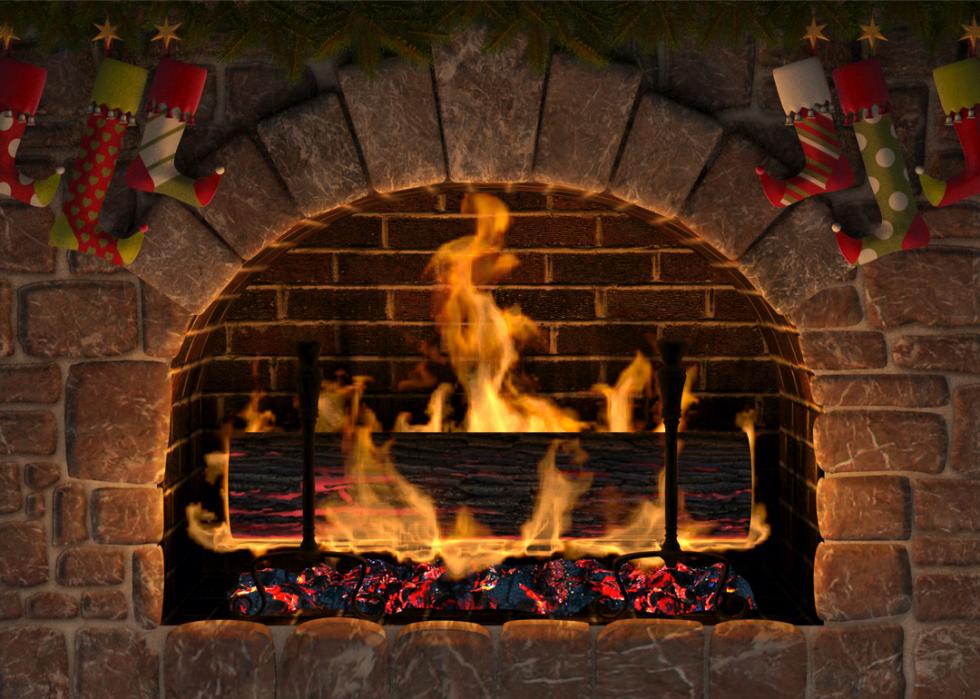
New York City: Televised Yule log
One of New York City's most enduring Christmas traditions is the televised burning of the WPIX yule log. The broadcast debuted on Christmas Eve 1966, live from Gracie Mansion. During the original broadcast, an ember from the flames set a $4,000 rug on fire. The broadcast was refilmed in 1970 and remains the version revelers have watched every year since.
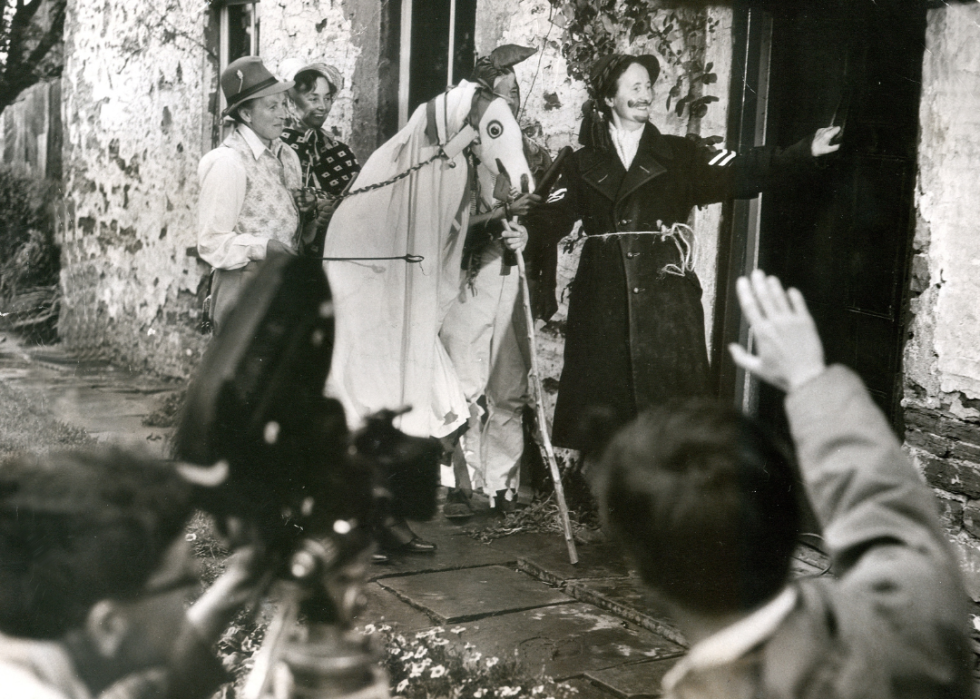
Wales: Mari Lwyd
Translated as "grey mare," there is debate about the origins of the Mari Lwyd tradition. Some believe it to be a pre-Christian pagan story, while others tie the legend directly to the birth of Christ itself. The Welsh practice involves revelers crafting a horse using a horse skull. The skull is decorated, given reins and bells, draped in white cloth, and affixed to a pole, which someone underneath then controls. The Mari is brought door-to-door, and celebrants challenge their neighbors to a traditional Welsh insult contest known as pwnco—which one could describe as a festive rap battle.
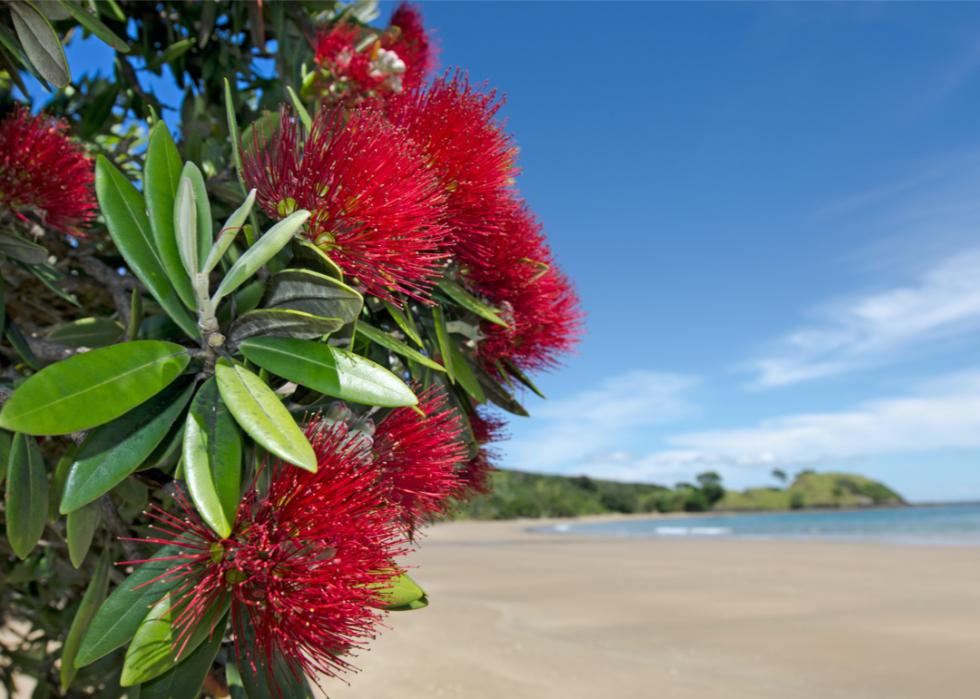
New Zealand: The pōhutukawa tree
The first mention of a crimson-flowered Kiwi Christmas tree in New Zealand dates back to an 1833 missionary report, described as a Christmas service delivered beneath its boughs. Today, the pōhutukawa tree is still an iconic piece of Christmas culture in New Zealand. One particularly ancient tree, perched on Cape Rēinga's cliff, is considered sacred by the Māori, who believe the souls of the dead climb down the tree to return to their traditional homeland, Hawaiki.
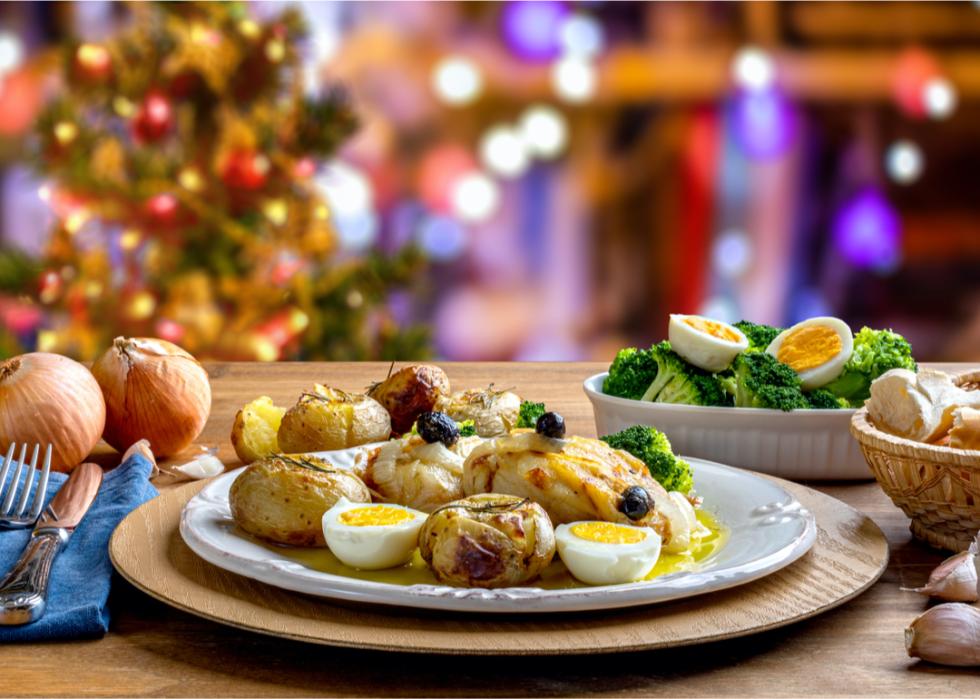
Portugal: Consoada feast
In Portugal, many Catholics still fast before Christmas. After the Midnight Mass, people break the fast with the Consoada feast. Signaling the official beginning of Christmas, Consoada consists of meat, pudding, and traditional sweets. Participants reserve seats at the table for loved ones who have passed away.
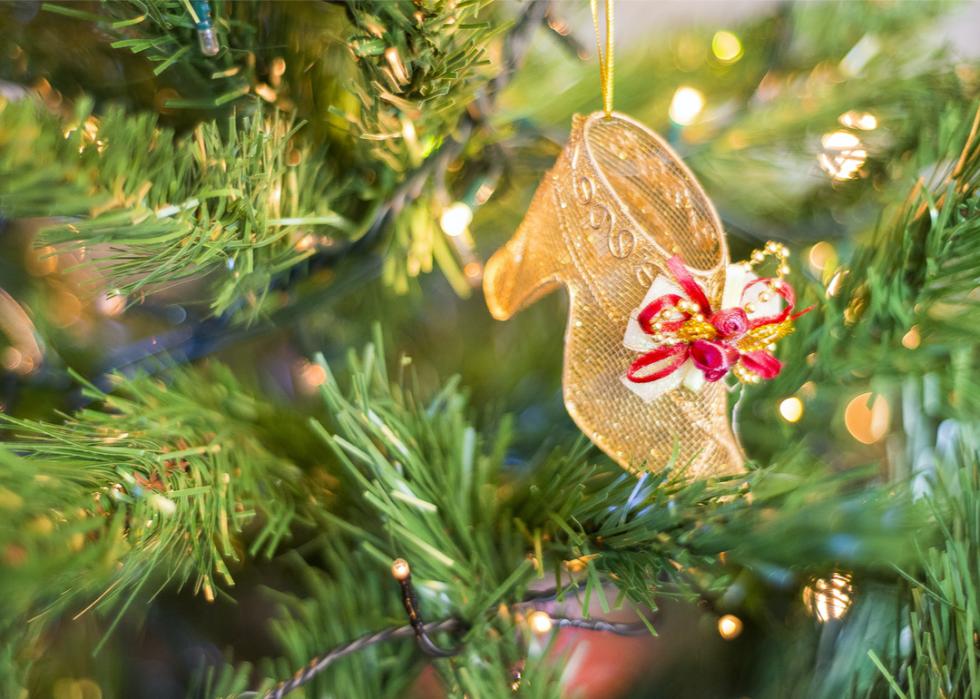
Czech Republic: Throwing of the shoe
Shoes are featured prominently in the Christmas traditions of several cultures, including the Czech Republic. On Christmas, girls and young women stand outside their homes and throw a shoe over their shoulders. If the shoe lands with the toe pointing toward the door, they'll be married soon. If not, they'll be single for at least another year. Other Czech Christmas festivities include serving carp for dinner and keeping a few scales tucked away in one's wallet for good financial luck.
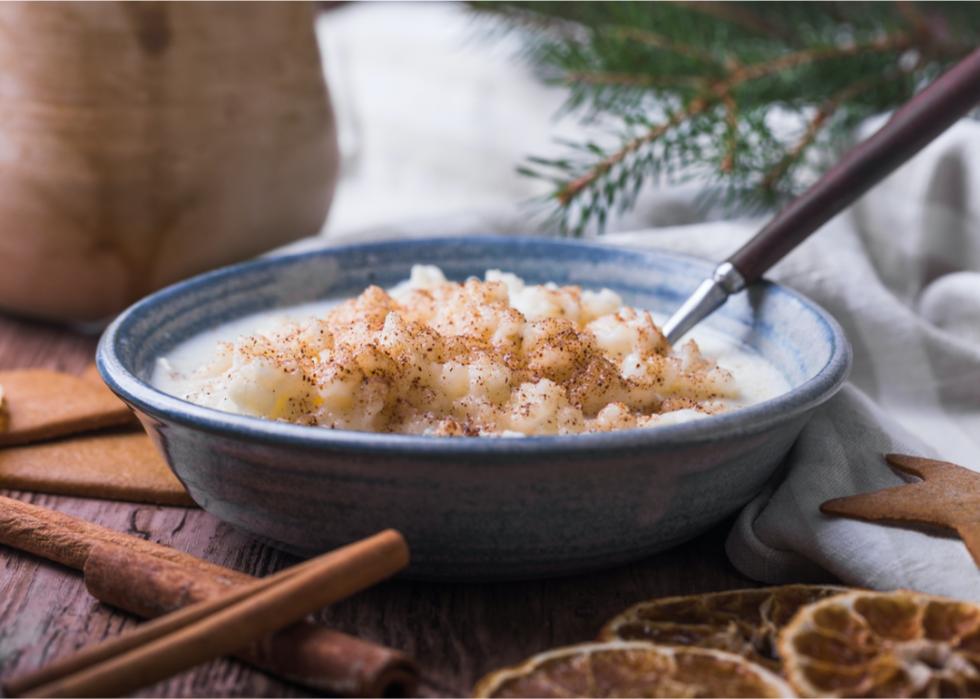
Sweden: Risgrynsgröt
In Sweden, an almond or other small item is hidden in the risgrynsgröt rice pudding, traditionally served at Christmastime. If an unmarried person finds the almond, they'll find true love soon after. The Christmas dinner also typically includes ham, sausage, herring, and homemade rye bread.
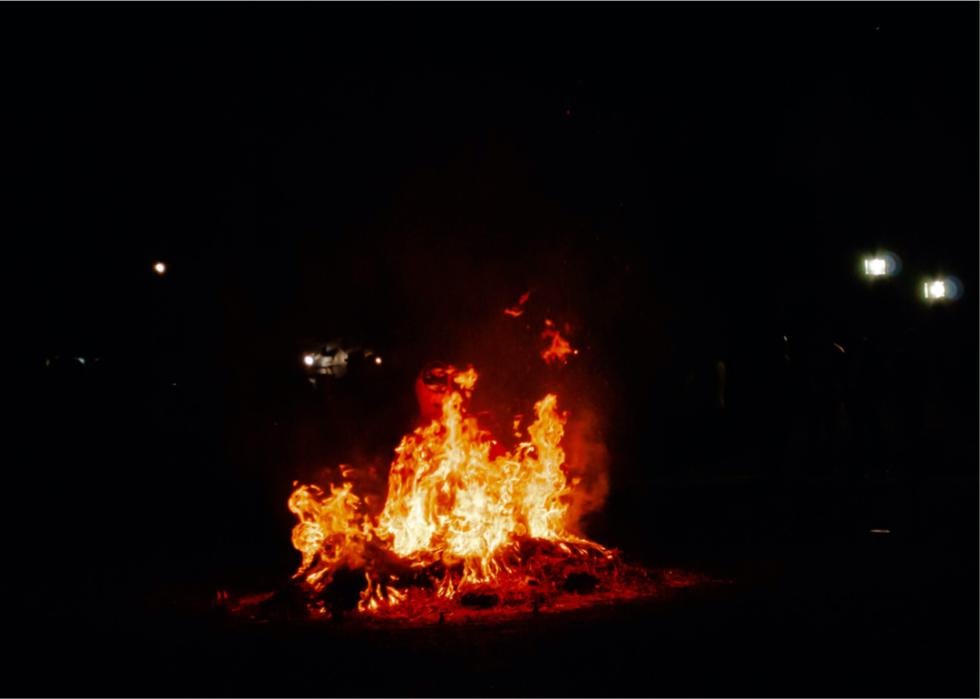
Guatemala: Burning the Devil
About 500,000 fires rage in Guatemala City on Dec. 7 every year, coinciding with the Feast of the Immaculate Conception. It's a tradition for families to create an effigy of the devil and set it on fire that night. This custom has become so common that the government recently asked residents to cut back on the torchings for environmental reasons—mainly because participants frequently burn house trash in the bonfires, releasing toxins into the air.
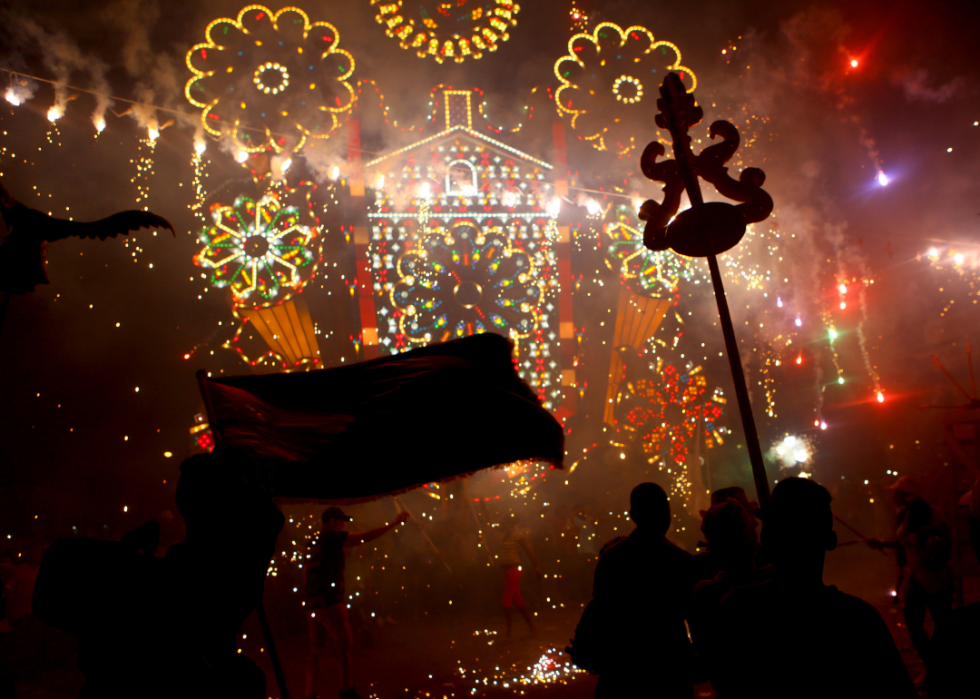
Cuba: Las Parrandas de Remedios
Remedios is the eighth-oldest city in Cuba, and the home of Las Parrandas de Remedios, one of the region's most popular Christmas celebrations. From Dec. 16-26, rumba dancers, conga groups, and other revelers fill the streets alongside colorful floats for 10 days of fireworks-studded celebration.
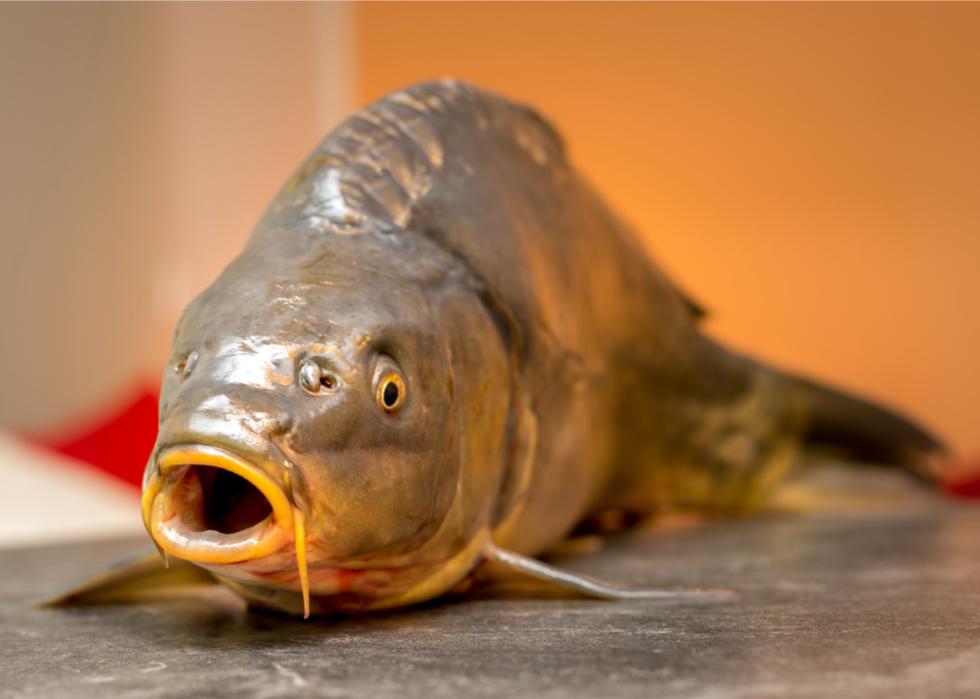
Slovakia: Bathtub carp
There's nothing odd about eating carp for Christmas dinner; Central Europeans have been doing it for centuries. In Slovakia, however, custom calls for the live carp to swim in the family's bathtub for a few days before it becomes a Christmas feast. Residents don't bathe during this time, and the doomed fish is named and treated as a pet. In recent years, more people have opted to buy already-butchered carp for the Christmas meal instead of killing the fish themselves.
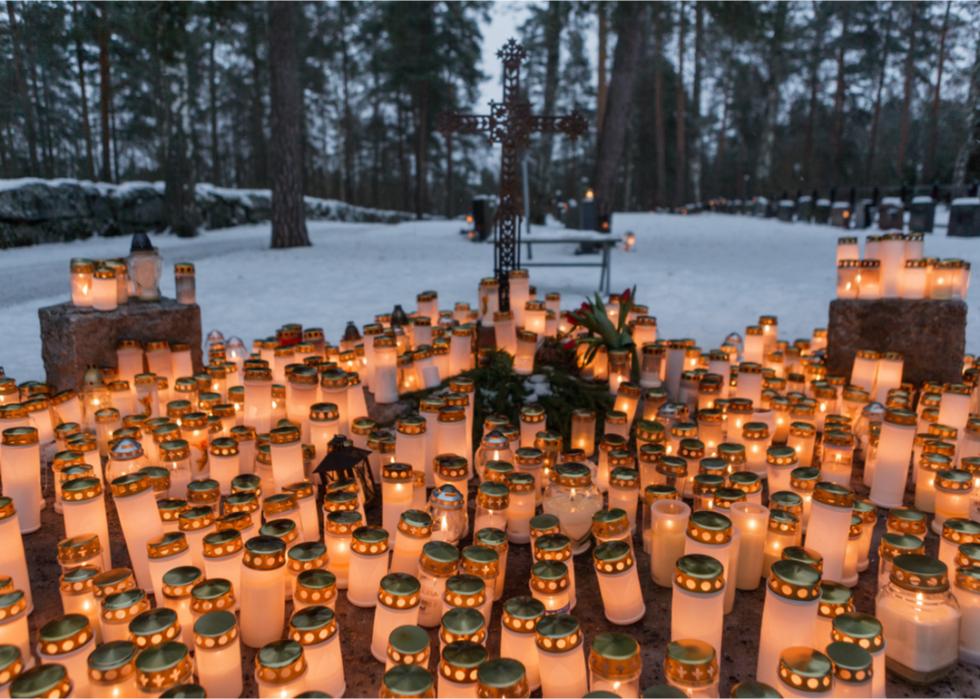
Finland: Candles in the cemetery
About three of four Finnish families spend part of Christmas Eve in a cemetery. The tradition is not as macabre as it sounds—it's about celebration more than mourning. Families place lit candles at the graves of loved ones or at special memorials to honor the deceased buried elsewhere.
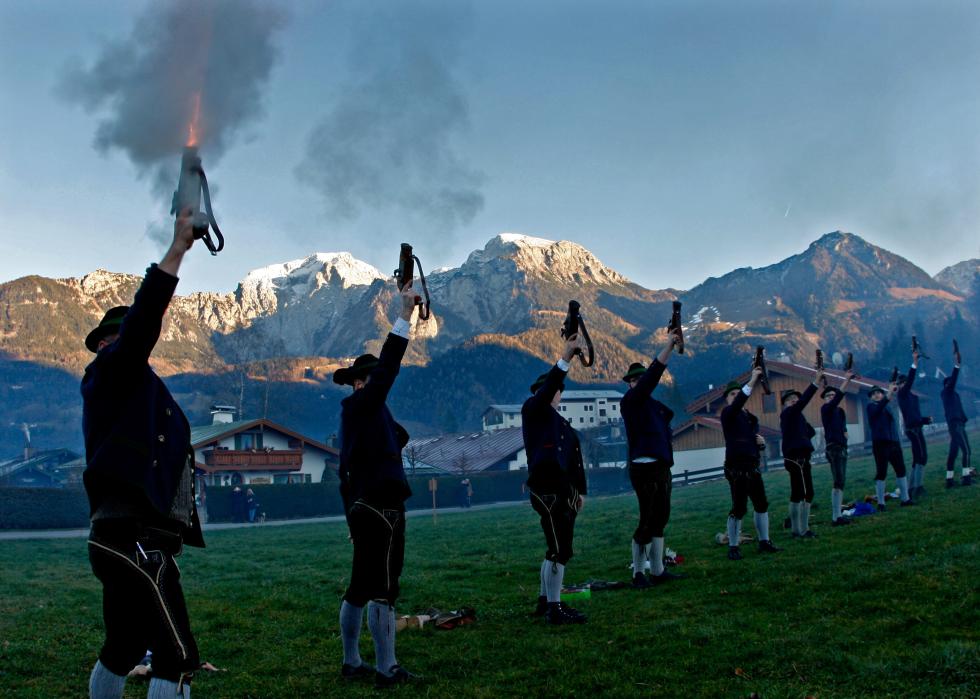
Bavaria: Mortars away
In the German region of Bavaria, Christmas is celebrated with a bang—literally. The Bavarian highlanders dress in lederhosen and other traditional clothing before firing handheld mortars into the air. The custom originates from the pagan idea that loud noises keep evil spirits at bay and officially started with the invention of gunpowder centuries ago. The tradition repeats on New Year's Eve.
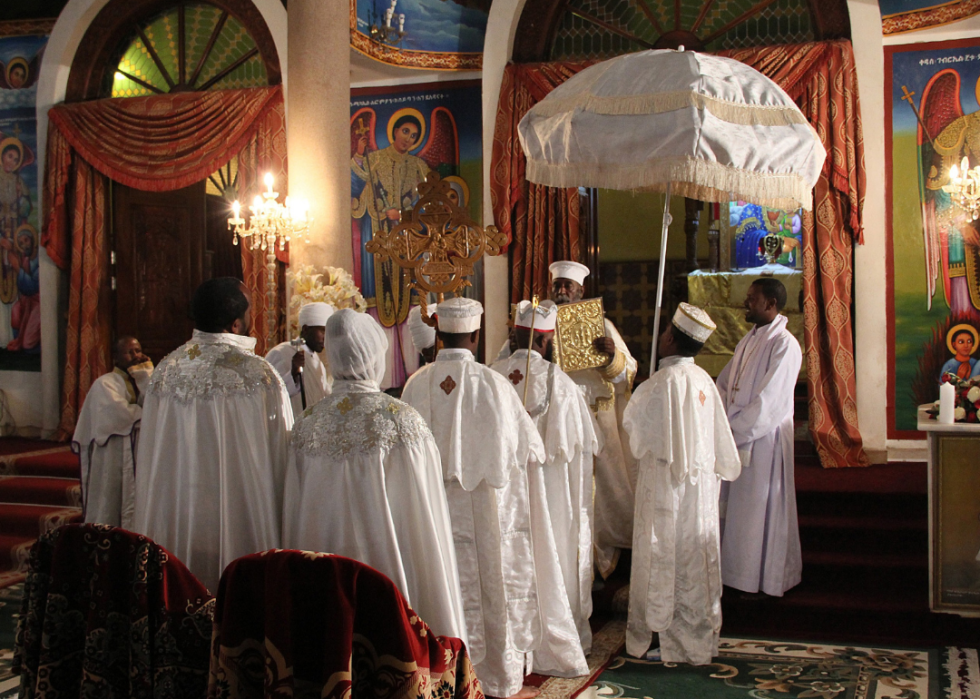
Ethiopia: Ganna
Since most of Ethiopia's Christian community is Orthodox, the nation celebrates Christmas on Jan. 7. The festivities are known collectively as Ganna, where observers of the holiday traditionally don white robes adorned with bright stripes on their way to church. Many people fast before attending a mass at dawn the day before Christmas.
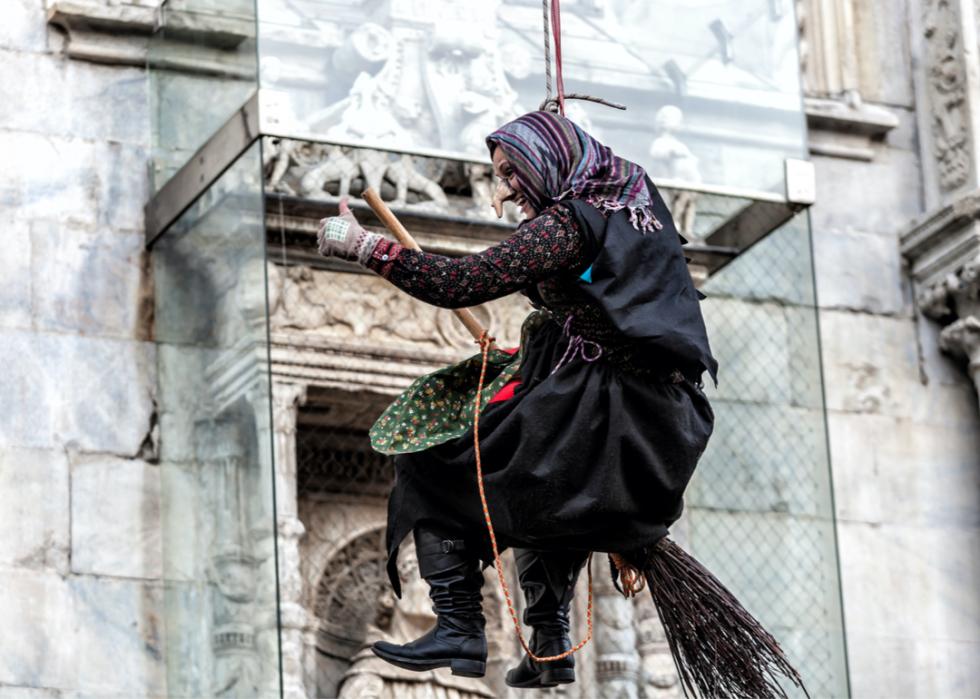
Italy: La Befana
Italian children believe a magical present-bearer comes down the chimney at night to deliver gifts to nice kids and coal to naughty ones—but it's not Santa, and it's not on Christmas. Instead, kids hold their breath for Jan. 6, the day of the Epiphany, when La Befana, the beloved Christmas witch, visits them. La Befana has been an Italian legend since the 13th century, and there are parades and celebrations each year in her honor.
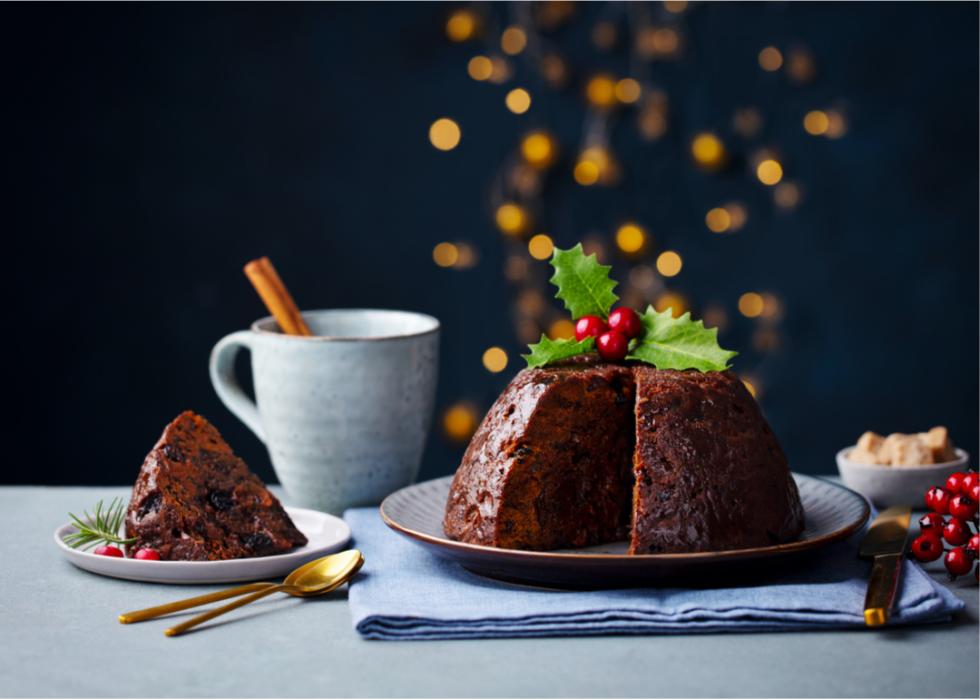
Great Britain: Stir-up Sunday
Since Victorian times in Great Britain, the Sunday five weeks before Christmas has been known as Stir-up Sunday, where participants in the tradition make porridge or pudding with 13 ingredients to represent Jesus and his 12 disciples. Everyone in the family "stirs up" the pudding and makes a silent Christmas wish while stirring from east to west—the direction the Three Wise Men are said to have traveled.
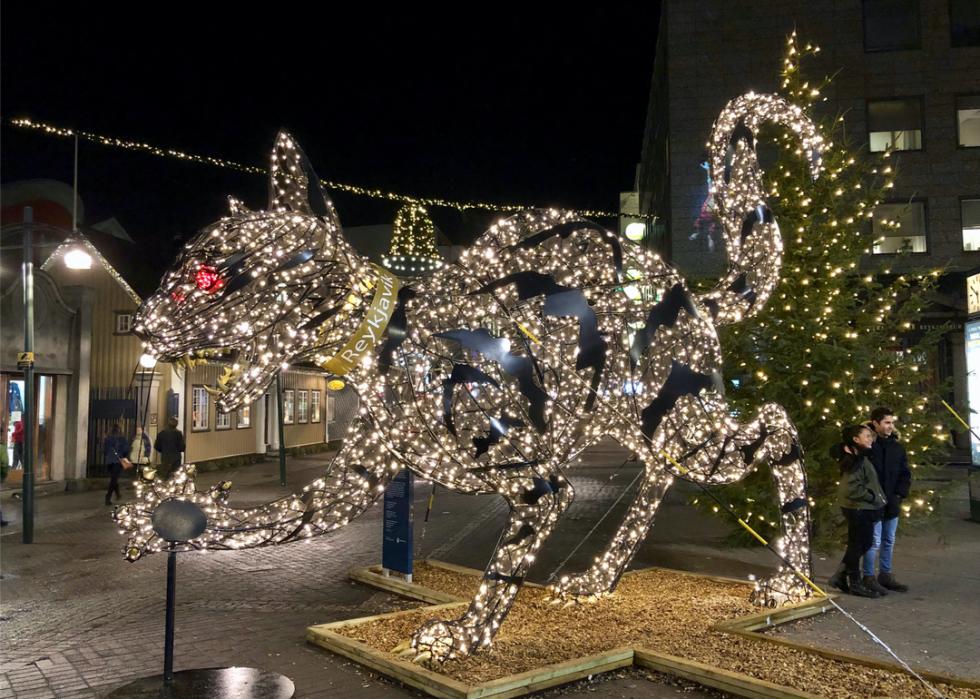
Iceland: Jólakötturinn the Yule cat
Mythical characters enforcing good behavior have long been a part of Christmas folklore, but they are rarely as severe or fashion-savvy as Jólakötturinn. Known as the Yule Cat, Jólakötturinn is a massive feline that stalks the country on Christmas night, eating any child who didn't receive new clothes as a gift. The Yule Cat is, according to legend, owned by the Yule Lads.
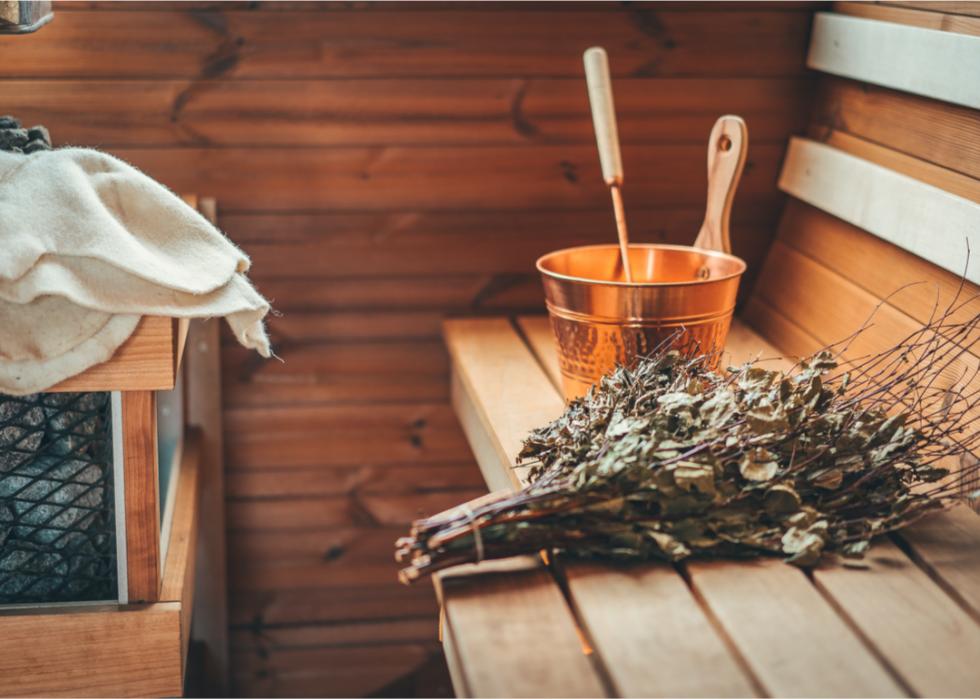
Estonia: Sauna visit
Among the most valued Estonian Christmas customs is a visit to the sauna before religious services. After bathing, kids often receive festive new clothes they can wear after the sauna to show off at church.
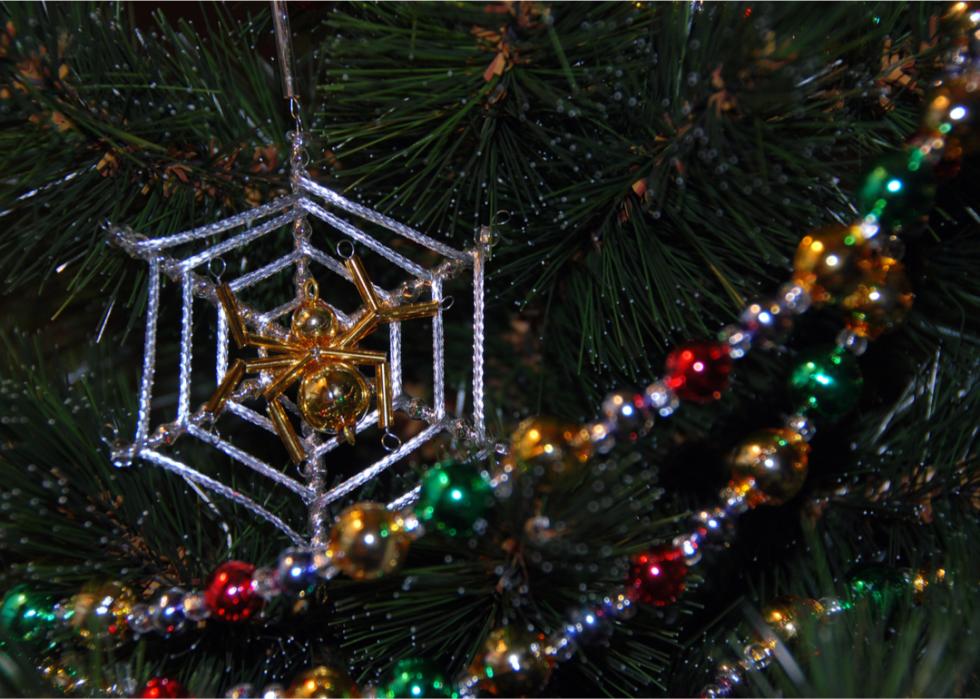
Ukraine: Spider and the Christmas tree
In America, spider and web decorations are generally reserved for Halloween. In Ukraine, however, they're a symbol of good Christmas fortune. Families adorn Christmas trees with spiderwebs to commemorate a folktale about a family who couldn't afford ornaments and decorations for their tree. As the tale goes, they woke on Christmas to find spiders had spun beautiful webs around the tree made of silver and gold.
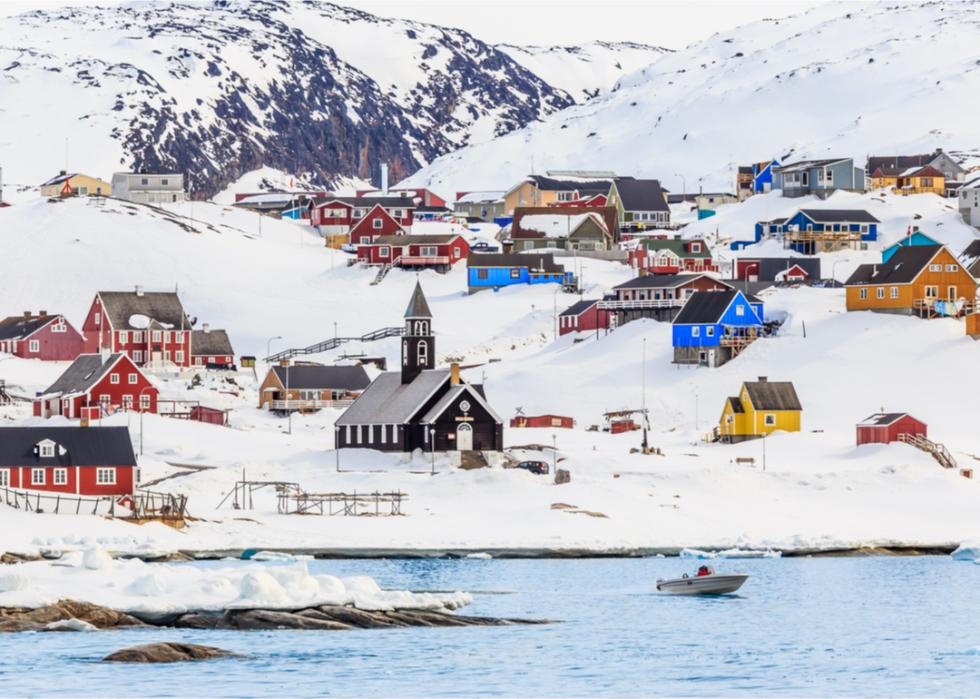
Greenland: Kiviak feast
If you're ever in Greenland at Christmastime, consider trying a local delicacy called Kiviak, a traditional Inuit holiday fare made by fermenting the raw meat of the auk, an arctic bird, inside a sealskin, which is then buried until it reaches the right level of fermentation. Kiviak's flavor compares to blue cheese with cured meat notes.
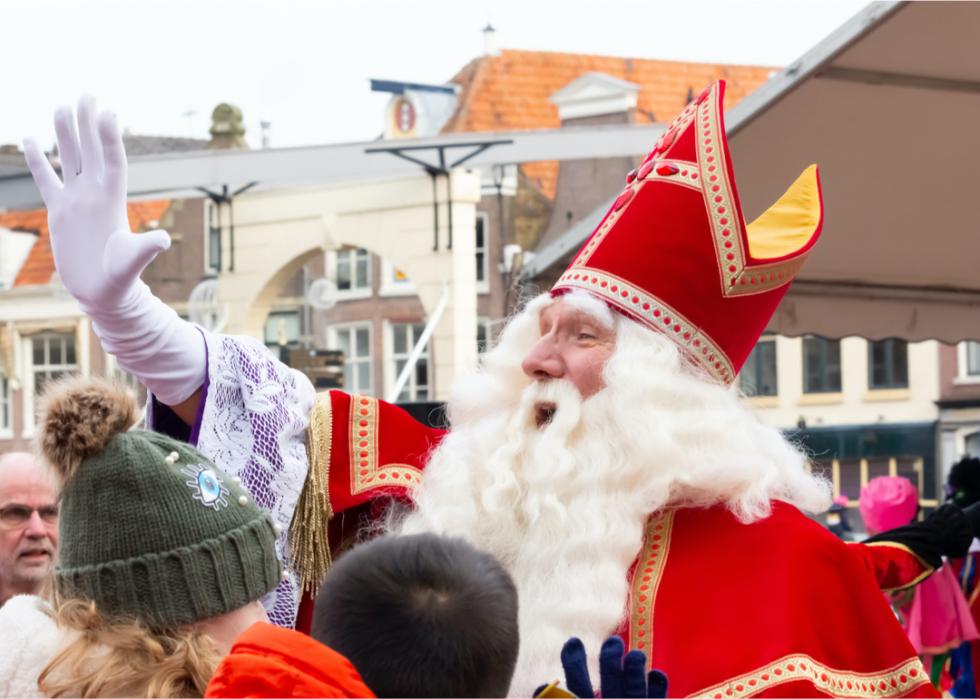
Netherlands: Zwarte Piet
According to the tale, Zwarte Piet (Black Pete) is one of Santa's helpers and a mainstay of Sinterklaas festivities. Historically, white Dutch performers wearing blackface and afro wigs portray the character. Many in the Netherlands, as well as around the world, have protested the racist caricature, and some schools, localities, and organizations are eliminating the character—or at least the makeup—from their celebrations. Others continue the tradition unabated, claiming it as a quintessential piece of Dutch heritage.
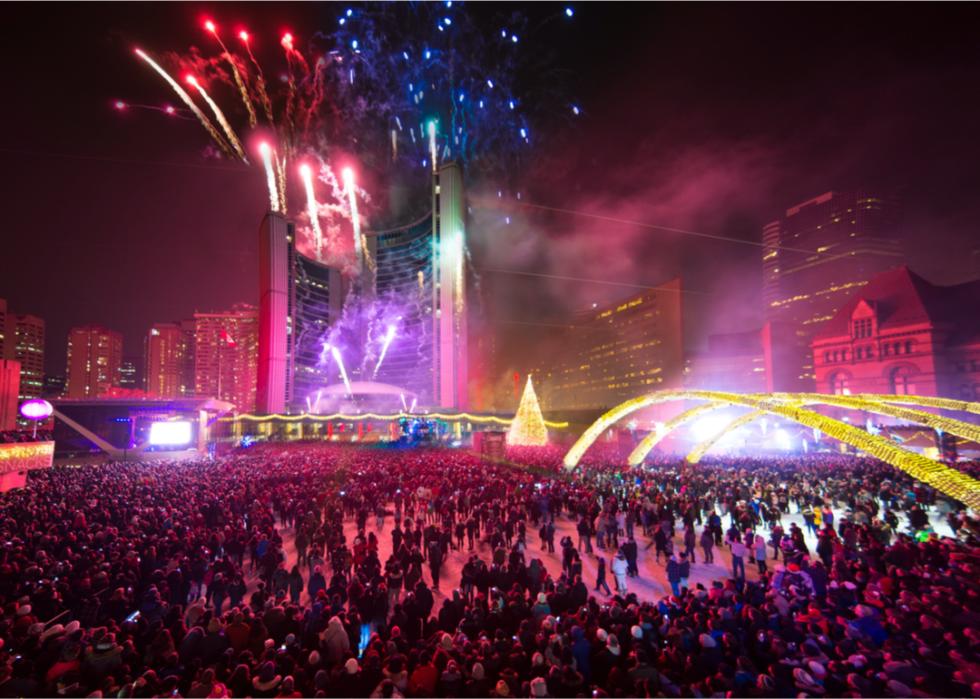
Toronto: Cavalcade of lights
In Toronto, revelers launch the Christmas season with a full-fledged party called the Cavalcade of Lights. The lighting of the city's Christmas tree is traditionally the backdrop for a bash that includes music, refreshments, ice skating, art installations, and enough lights to illuminate the winter night sky.
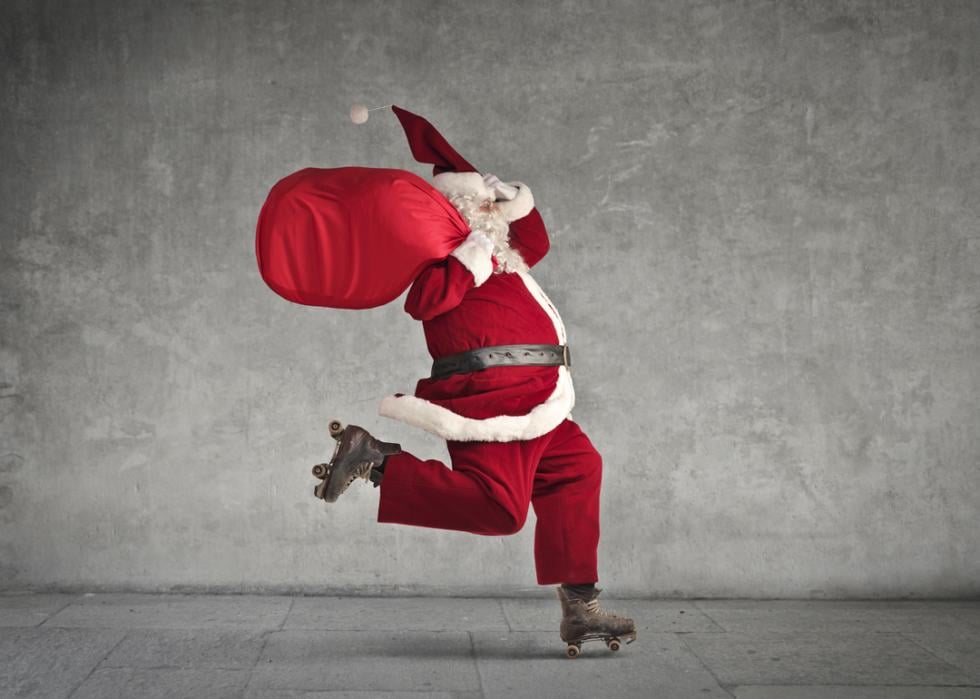
Venezuela: Skating to Mass
There's nothing unusual about Catholics heading to Mass on Christmas Eve—unless you're celebrating in Venezuela. Many dress in Santa attire or don wacky hats, then glide to church on roller skates as fireworks light up the sky. According to legend, kids go to sleep with a string tied around one toe while the end of the string dangles out the window. As skaters pass, they tug the strings' ends to signal it's time to go to Mass.
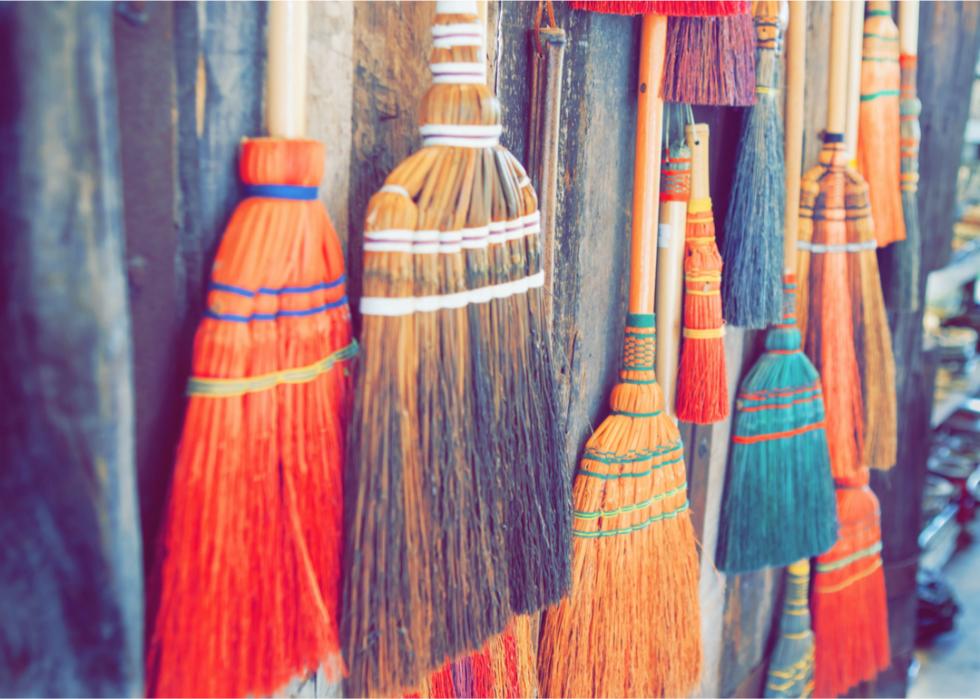
Norway: Hiding of the brooms
In Norway, the legend is that witches and other mischievous spirits arrive on Christmas Eve. To deny the witches their preferred mode of transportation, some Norwegians hide their brooms on this night.
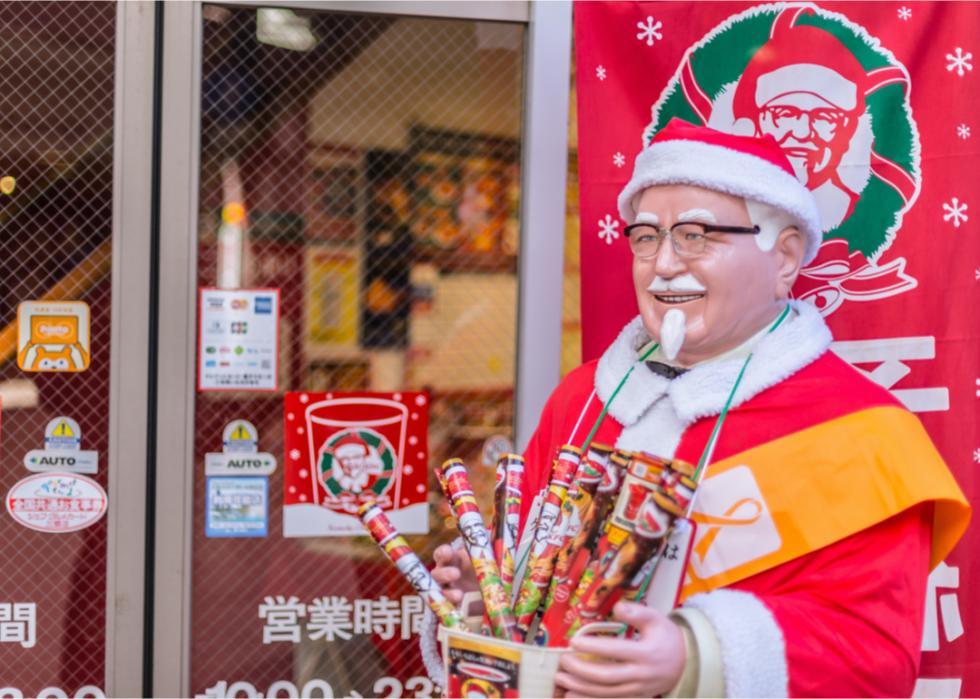
Japan: Kentucky for Christmas
One of the world's more curious Christmas traditions involves fried chicken—KFC specifically. The fast food joint is a favorite in Japan and nearly 4 million Japanese people eat it on Christmas. This tradition began in the '70s when KFC launched a marketing campaign that offered Christmas-themed chicken "barrels" on Dec. 25. The idea caught on quickly and continues to dominate today.
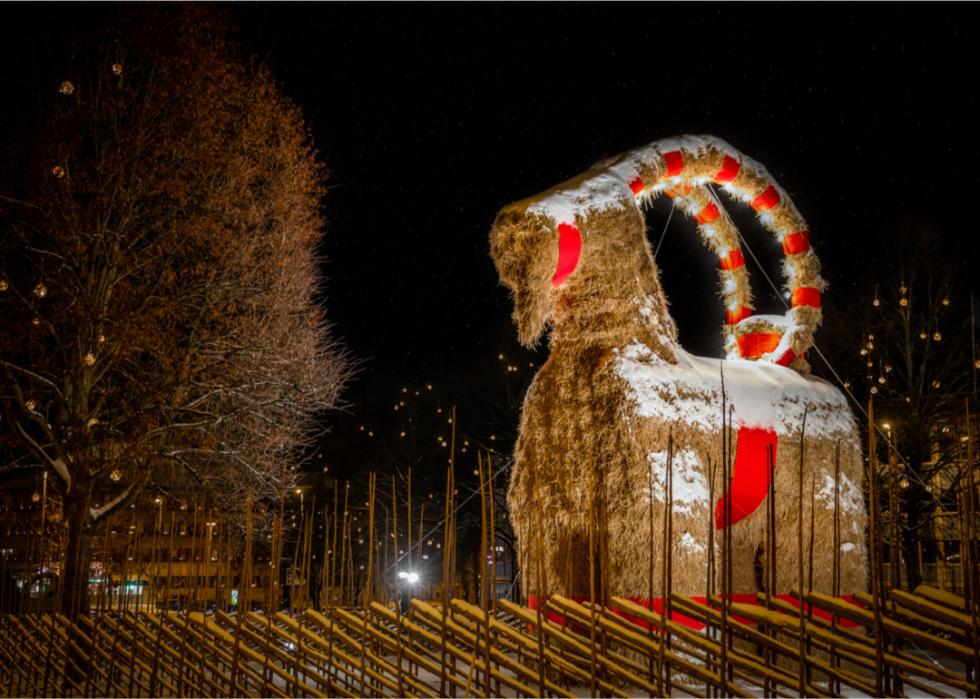
Sweden: Gävle Goat
Swedish Christmas was significantly upgraded in 1966 when someone created a massive straw homage to the traditional holiday animal. The Gävle Goat has been a holiday staple ever since. It stands more than 40 feet high and weighs over 3 tons. It's become an unofficial (and unsanctioned) tradition for locals to try to burn it, run it down with cars, or otherwise sabotage the giant barnyard animal, inaugurated on the first Sunday of Advent every year.
Story editing by Eliza Siegel. Copy editing by Kristen Wegrzyn.



